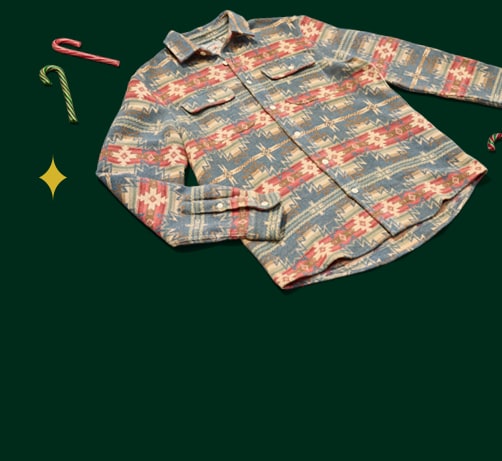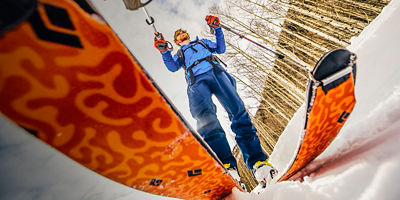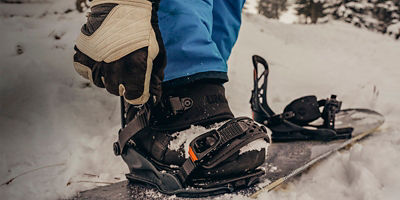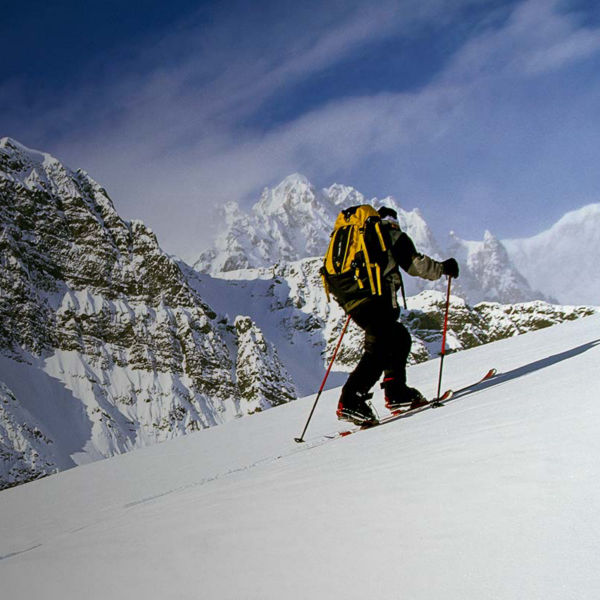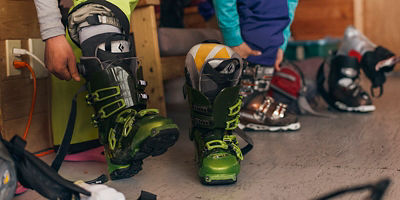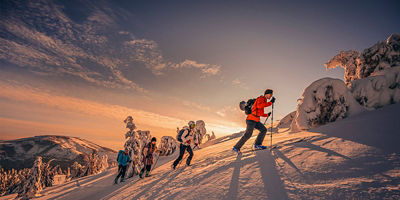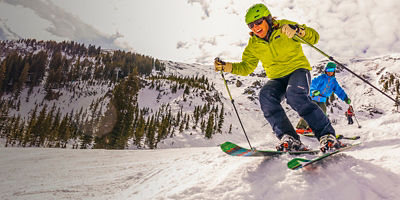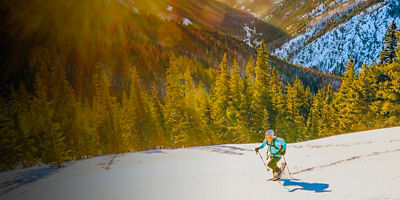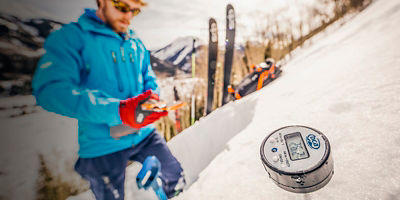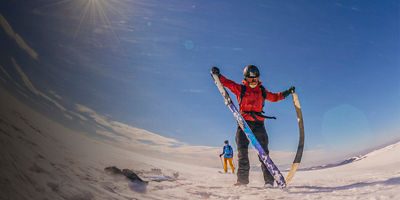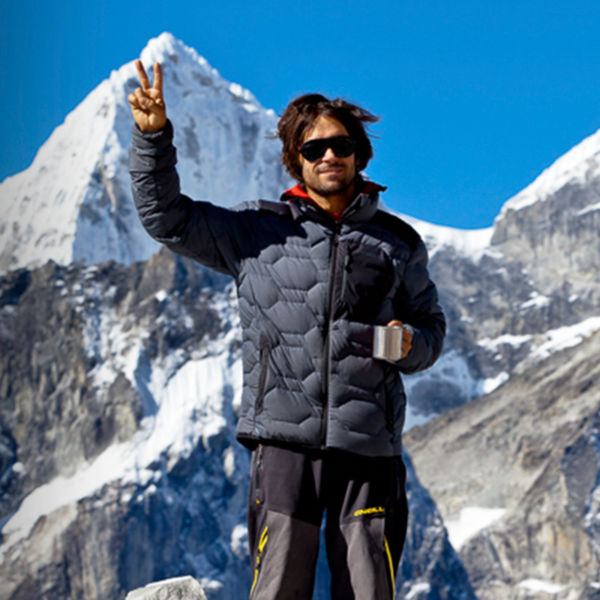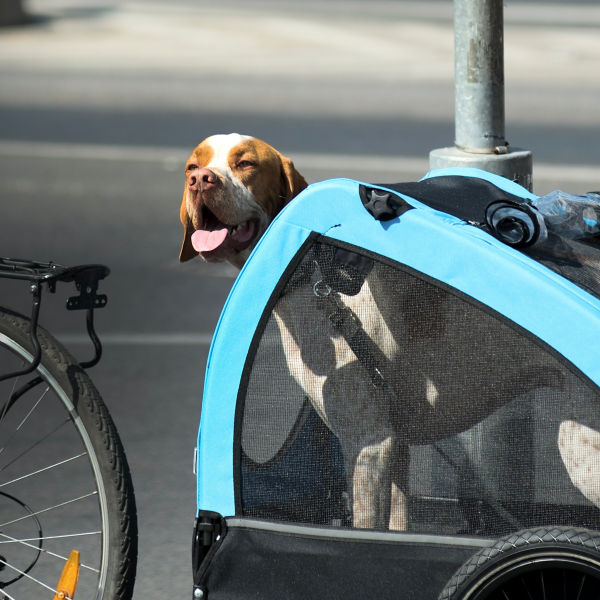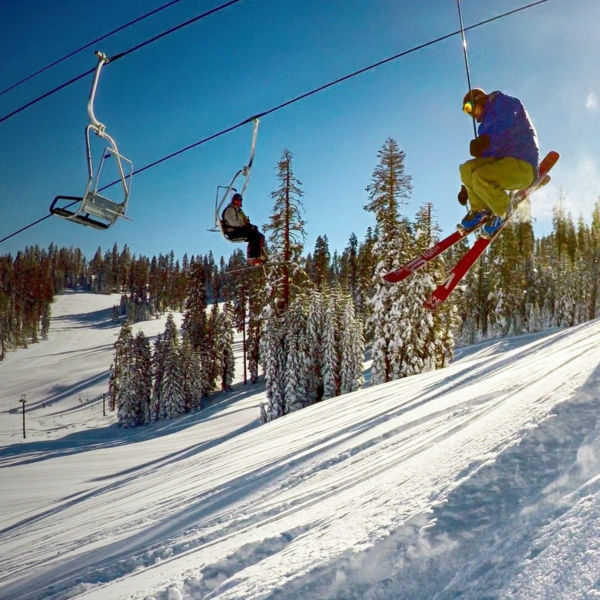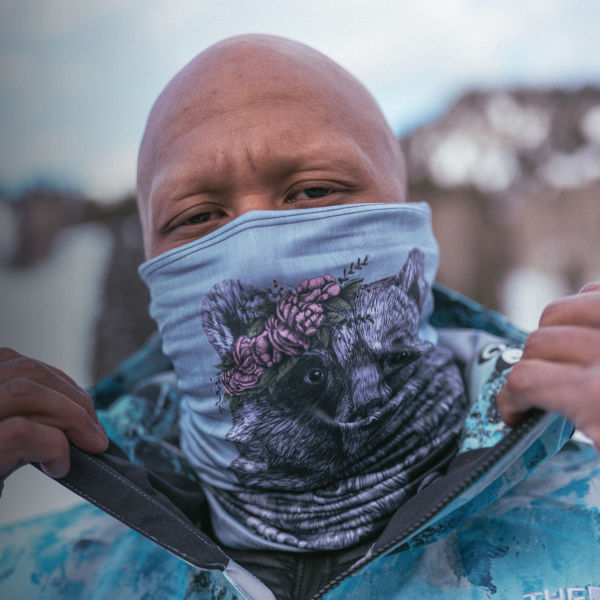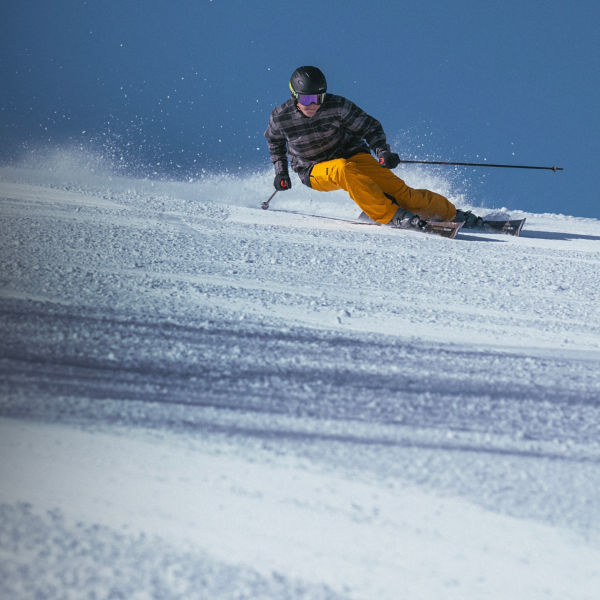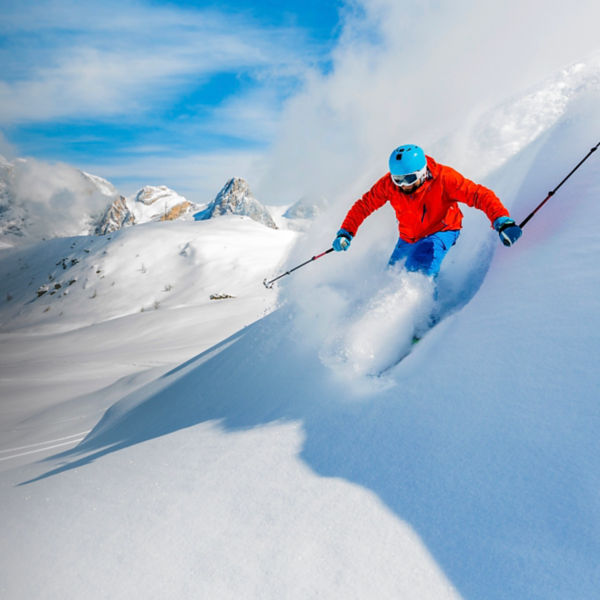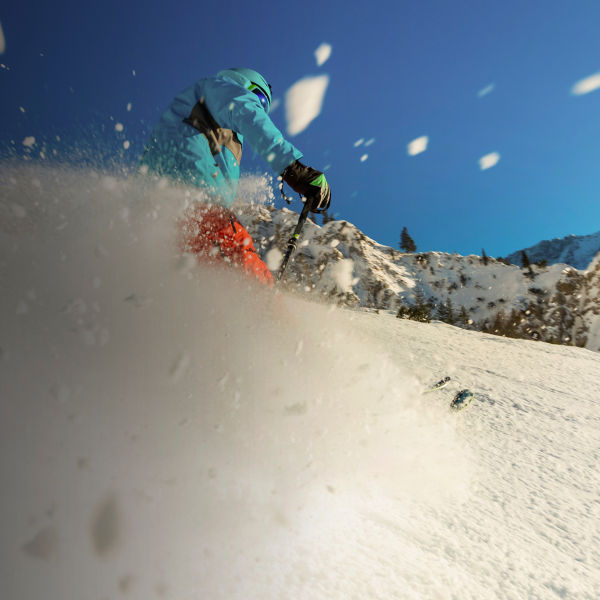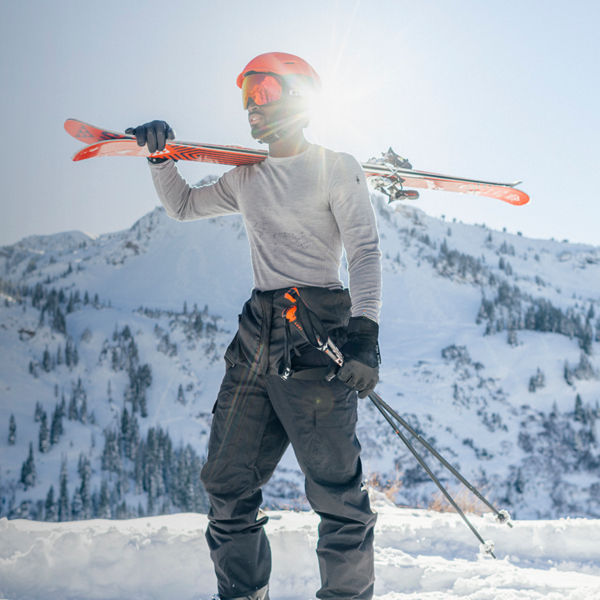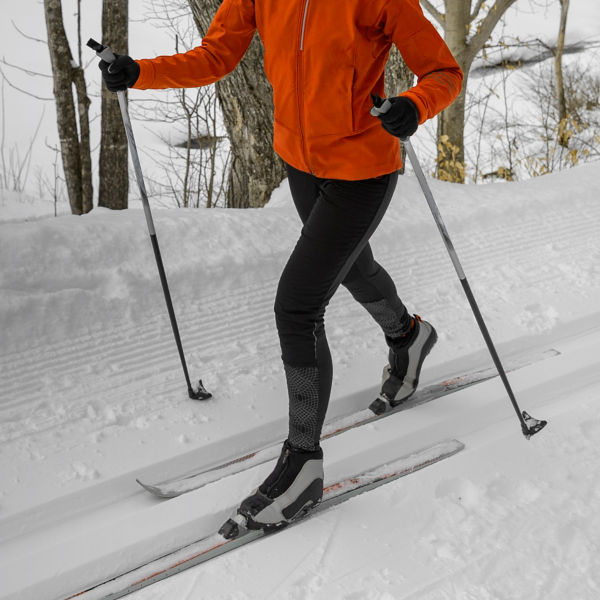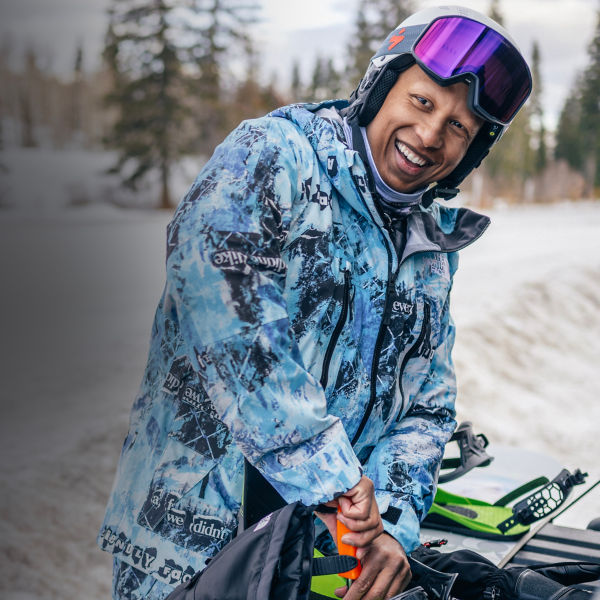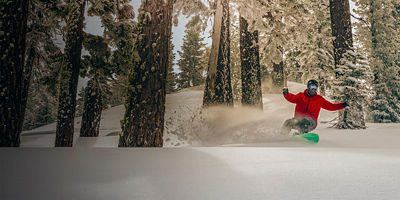
Cross-country skiers are divided into two camps. There are classic skiers, who use a parallel kick-and-glide motion, and there are skate skiers. Those in the latter group, who utilize a splayed-out, rhythmic skating motion on wide, groomed trails, know one simple truth: It’s hard. The full-body motion taxes every muscle in your body and makes your lungs burn almost instantly—an inherent physicality that draws in most all committed skate skiers.
Still, the dual challenge of coordination and exertion doesn’t mean that skate skiing is all suffering. Simple improvements to your technique can allow you to ski farther and faster. Like other highly technical sports—swimming and rowing, for instance—it’s best to work on one or two cues at a time. Thinking about too many things at once can have you tangling up your poles and skis. Instead of getting tripped up and hitting the snow, isolate your focus on a certain movement, or body part, to help you put it all together.
Legs First
Many beginning skate skiers try to muscle their way along the snow with their poles. Avoid the urge. Learning how to properly push off and glide with your legs is what will make you a good skier.
To initiate the proper motion with your legs, envision pushing off with the inside of your foot to weight the inside edge of the ski. Your push-off leg will extend to the side and slightly behind you. This movement mimics ice skating or roller skating, but it’s not a direct correlation (you’ll need to utilize even more of the inside of your foot).
The other critical learning element for proper leg use: committing to weighting one ski at a time. Hovering your weight between the two skis creates imbalance and slow skiing. Commit to a full transfer of weight on one ski, and then the opposite ski, to increase the glide you’ll get out of each ski.
To work on these two important factors, leave your poles behind. Learning to skate ski without poles on both flat terrain, and up hills, will force you to improve how you use your legs and make you a better skier.
Three Gears
There are three different techniques utilized in skate skiing. The one that you use depends on the terrain, your comfort level with each technique, and sometimes, the snow conditions. The V1, or “off-set” technique is usually the first learned, and is likened to a low gear on a bike. The V2 is considered a medium gear used on flats and slight uphills (by good skiers), but it can feel like a super-high gear because of the increased frequency of poling. And the V2 Alternate looks similar to a V1, but is used as a high gear that can be maintained on slight downhills, flats, and maybe slight uphills.

